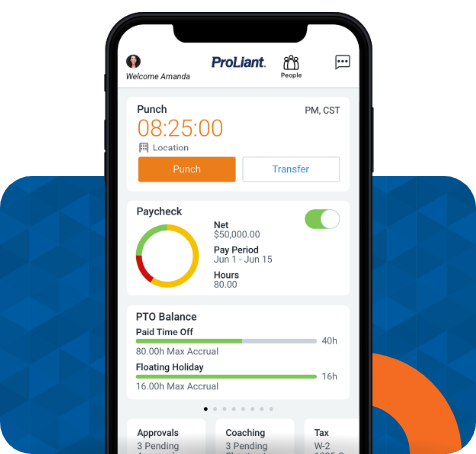Employers still need help filling open positions in 2023. As a result, they are looking to update benefit offerings to attract top talent. Many see increased applicants by offering pay transparency, especially if they provide a salary range on job postings.
Let’s examine what pay transparency means and the possible benefits and drawbacks of implementing transparency in your business.
What is Pay Transparency?
Pay transparency is where businesses make information about employee salaries and wages available to other employees in an effort to increase fairness and equity in compensation practices. Companies that have successfully implemented pay transparency, such as Buffer, Glitch, and Starbucks, will often disclose pay ranges for various job titles, share individual employee salaries, or provide detailed information about how salaries are determined.
Benefits of Pay Transparency: Attract and Retain Top Talent
Pay transparency increases fairness, reduces pay gaps between employees in similar roles, and improves employee trust and satisfaction. This results in a marked increase in businesses attracting and retaining talented individuals who value workplace openness and fairness.
More and more people are asking for pay transparency in the workplace, and many job searchers are looking at employers to provide evidence of fair pay practices. According to Inc.com, 79% of employees responded to a 2022 study claiming a desire for greater pay transparency, and close to 70% said they would switch jobs for more transparency from their employer.
Benefits of Pay Transparency: Help Reduce Pay Gaps
The gender pay gap has not changed much in the past 20 years, according to the Pew Research Center. In 2022, women earned an average of 82% of what men earned, which is only a minor increase from the 80% difference in 2002. Many believe that pay transparency is the key to closing the gap.
When looking at the issue of pay gaps within an organization, transparency can help in several ways. Here are some examples of how openness about pay within an organization can make a difference:
- Identifying disparities
- Encouraging fairness
- Reducing negotiation bias
- Improving accountability
Overall, pay transparency creates a more equitable work environment by creating a fair compensation system that reduces pay gaps between employees in similar roles.
Drawbacks of Pay Transparency
While pay transparency may mean fairness and equity for some, it can raise concerns about lower overall salaries, privacy, confidentiality, and potential conflicts between employees.
According to Harvard Business Review, pay transparency may “lower overall wages of the broader population of employees, even though it elevates pay for the inequitably underpaid” by negatively impacting bargaining power. Additionally, high earners may decide to leave a job for one that will keep their salary information private or because they desire performance-based pay rates that are less likely to exist with transparency.
How to Promote Pay Transparency in the Workplace
Pay transparency has its benefits and drawbacks. However, despite obstacles to overcome, like the tension between coworkers, budget constraints, and the possibility of lower productivity due to a reduction in competitive pay, research shows that pay transparency will only become more essential to employers seeking the best talent to fill open roles.
If you’re looking to implement pay transparency at your organization, Softwareadvice.com suggests companies take these three actions:
- Identify pay discrepancies with a pay equity audit: Companies can avoid employee strife by conducting a pay equity audit to identify and address inexplicable pay gaps. A business’s HR team typically does this, but larger companies may outsource the process. In the end, discrepancies can be addressed with some pay increases for deserving employees.
- Set salary ranges using data: By utilizing pay data, organizations can create clear “salary bands” based on the level of roles. The resulting pay scales and salary bands will place employees with more tenure on the high end and new hires near the minimum, making it “easier to identify when an employee is paid outside of the expected range.”
- Prepare managers for conversations about compensation: Since most organizations rely on managers to discuss pay rates with their employees, it is essential to prepare them for possible discussions about compensation. Software Advice suggests that HR teams create a guide to talking about salaries with the following information:
- How wages and bonuses are determined
- Where an employee falls on the scale for their salary band
- How an employee can achieve a pay raise
- Who should employees go to in HR for questions and complaints
Recruit Top Talent and Help Address the Pay Gap with Pay Transparency
Many pay transparency laws have taken effect in 2023, with more on the horizon, so organizations need to consider the benefits and drawbacks while preparing managers for conversations with their employees. Pay transparency will help businesses remain competitive when recruiting and fill pay gaps and discrepancies not based on work performance.
More pay transparency means employers must provide their teams with more robust payroll and HR tools. Proliant offers online payroll tools that streamline business processes and make it easier to keep up with the ever-changing requirements for compliance. Contact one of our specialists today to get started.







No Comments Yet
Let us know what you think